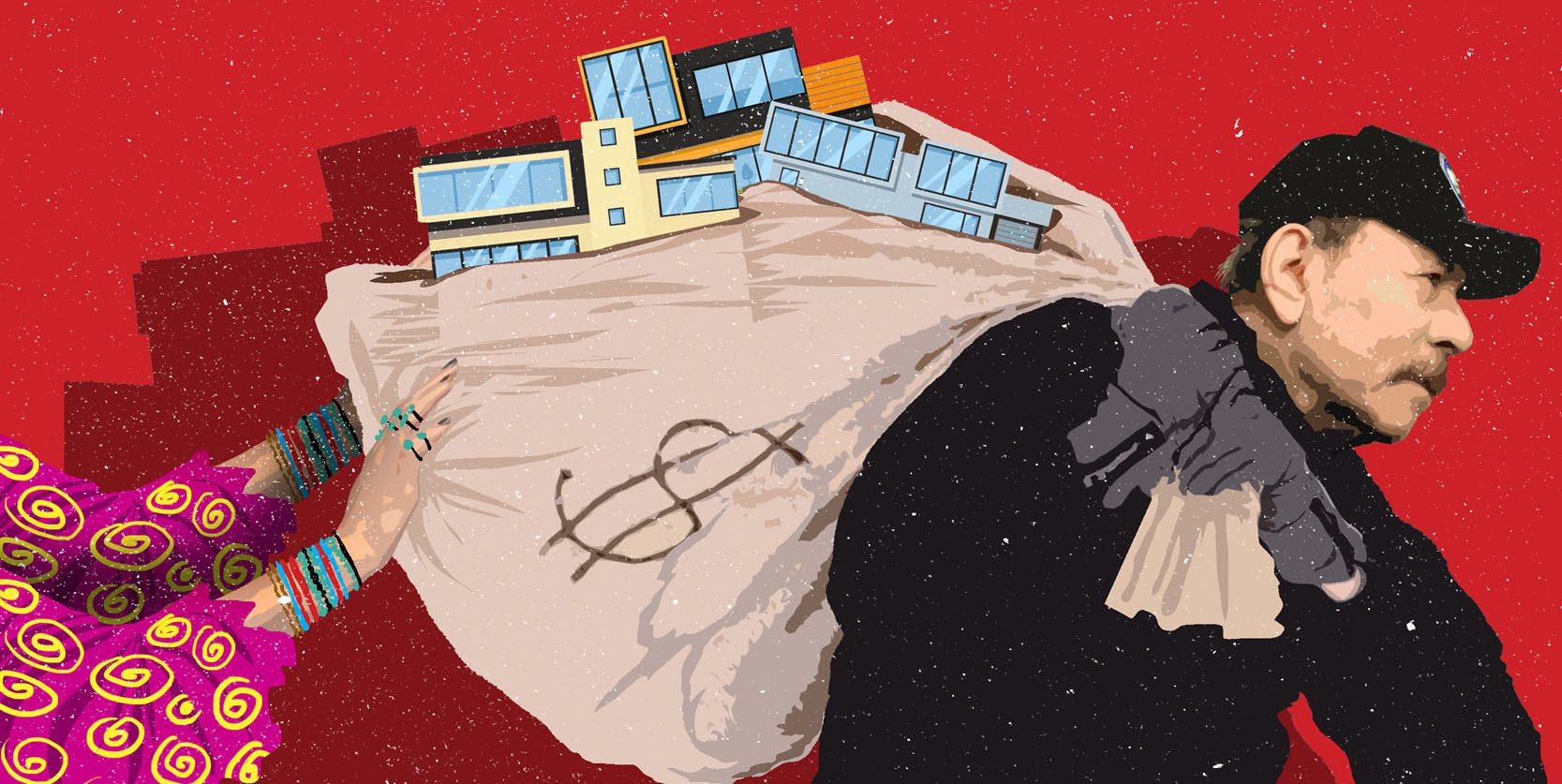Police cars surrounded the headquarters of the Central American Institute of Business Administration (INCAE), hours before its confiscation was made official by the Ministry of the Interior (MIGOB) on September 25.
The police subsequently entered the Francisco de Sola campus, which covers some 95 blocks and is estimated to be worth more than US$30 million, to carry out a new robbery ordered by the regime of Daniel Ortega and Rosario Murillo.
The INCAE campus is located in Montefresco, on the outskirts of Managua. It has academic buildings, student housing, bank facilities, a gym, convenience stores, study centers, various sports areas (soccer fields, tennis courts and swimming pools).
“They have closed our wonderful Managua campus with world-class facilities,” wrote the rector of INCAE, Enrique Bolaños Abaunza, after the confiscation took place.
Recibe nuestro boletín semanal
The confiscation of INCAE is one of the latest executed by the regime of Daniel Ortega and Rosario Murillo against critical and opposition institutions. This confiscation crusade began with media and NGO’s facilities, and then advanced with the seizure of diplomatic offices, universities and some opponents’ houses.
This list includes properties worth millions of dollars, such as the INCAE campus, the properties of the Jesuit Order, which includes the facilities of the Central American University (UCA), and the building where the newspaper La Prensa used to operate. These are properties worth more than US$20 million, whose institutions had more than 50 years of history in Nicaragua.
More than 4,000 graduates at INCAE Nicaragua
The Incae Business School was founded in 1964 by Central American businessmen, former U.S. President John F. Kennedy and the Harvard Business School, and in addition to the Managua campus it has another one in Costa Rica, the Walter Kissling Gam campus, and is defined as the best business school in Latin America.
According to INCAE’s press release, the Nicaragua campus has seen more than 4,000 students graduate. It adds that more than 6000 professionals are currently trained at INCAE, both in physical and virtual modality, with open and corporate programs.
Since the 2018 crisis, this house of studies moved most operations to the campus in Alajuela, Costa Rica, to ensure the safety of its international students. Activities in Nicaragua were reduced to a minimum: at the time of its closure it had about 80 collaborators and five professors.
More than confiscations, they are property thefts, say those affected.
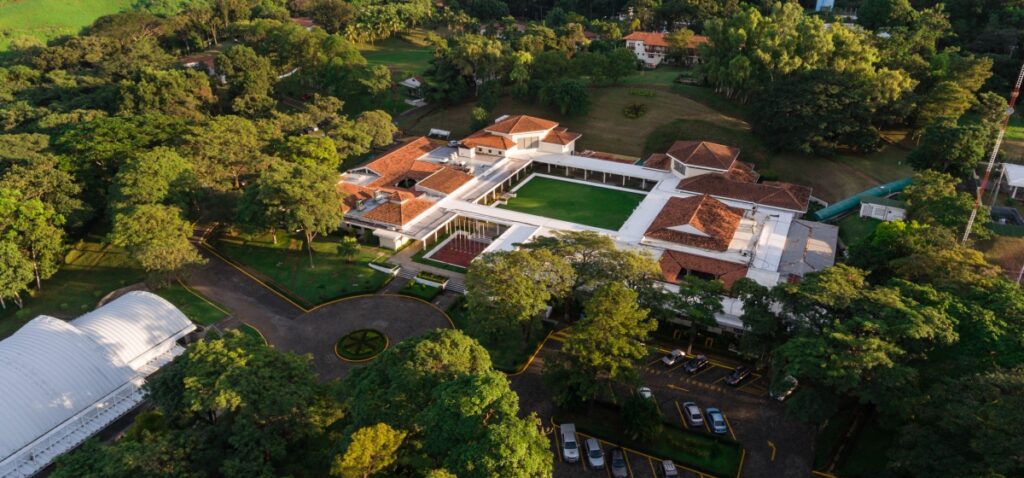
Political scientist Felix Maradiaga, who graduated from INCAE, said that this is “a confiscatory voracity” on the part of the Ortega-Murillo regime. “Undoubtedly there is an appetite for taking what belongs to others, which is an old trick of the Sandinista Front,” adds the former political prisoner.
Juan Lorenzo Holmann, manager of the newspaper La Prensa, qualifies these confiscations, such as the one made to the facilities of the newspaper he managed, as a “robbery, because there is no legal basis for doing so”.
Since the 2018 crisis, the Ortega-Murillo regime has executed the closure of more than 3500 civil society organizations, whose assets are ordered to pass into the hands of the State, according to the resolutions of MIGOB, the institution in charge of carrying out these confiscations.
A report by Confidencial informed about the confiscation of at least 87 properties, plus dozens of other properties expropriated from media, businessmen, private sector representatives, diplomatic headquarters, and citizens who were exiled or banished.
The prohibition of the Constitution and Ortega’s false promise
Article 44 of the Nicaraguan Constitution prohibits “the confiscation of property” and establishes that officials who violate this provision “shall respond with their property at all times for the damages incurred”.
Daniel Ortega himself promised in 2006 “to respect private property and small, medium and large properties must not be occupied”. The Sandinista leader said these words three days after winning the elections that returned him to power.
La Prensa newspaper, $20 million in losses, plus its bibliographic treasures
The industrial plant of the newspaper La Prensa was confiscated on August 13, 2021, three months before the voting in which Ortega and Murillo self-elected themselves for another five-year presidential term.
The newspaper’s directors estimate the losses from the confiscation of the newspaper at more than US$20 million. This estimate includes the land and assets that were inside at the time of the seizure.
However, the directors said that they also have to calculate the loss of profits since 2018, i.e., the profits that the newspaper stopped receiving as a direct consequence of the aggressions and the customs embargoes on the equipment, which were made for three years, and hindered the release of paper, ink and other inputs necessary for the production of the newspaper.
One of the most valuable machines at La Prensa is the Goss Urbanite press, which is about 50 meters long and 3 meters high. The current market value of this machinery is around $2 million.
The other valuable machine is the flatbed printing press, which is worth $3.8 million. It was used for commercial jobs, most of them external, such as magazines, books, brochures, flyers, brochures, electoral ballots, advertising, among other products.
In addition to the monetary value, the manager of La Prensa explained that there is the “intangible” confiscation, as is the case of the newspaper library of La Prensa which contained newspapers, magazines, supplements, books, photographs, among other documents of historical value published in the last 90 years in Nicaragua.
UCA: Confiscation of “incalculable” monetary value
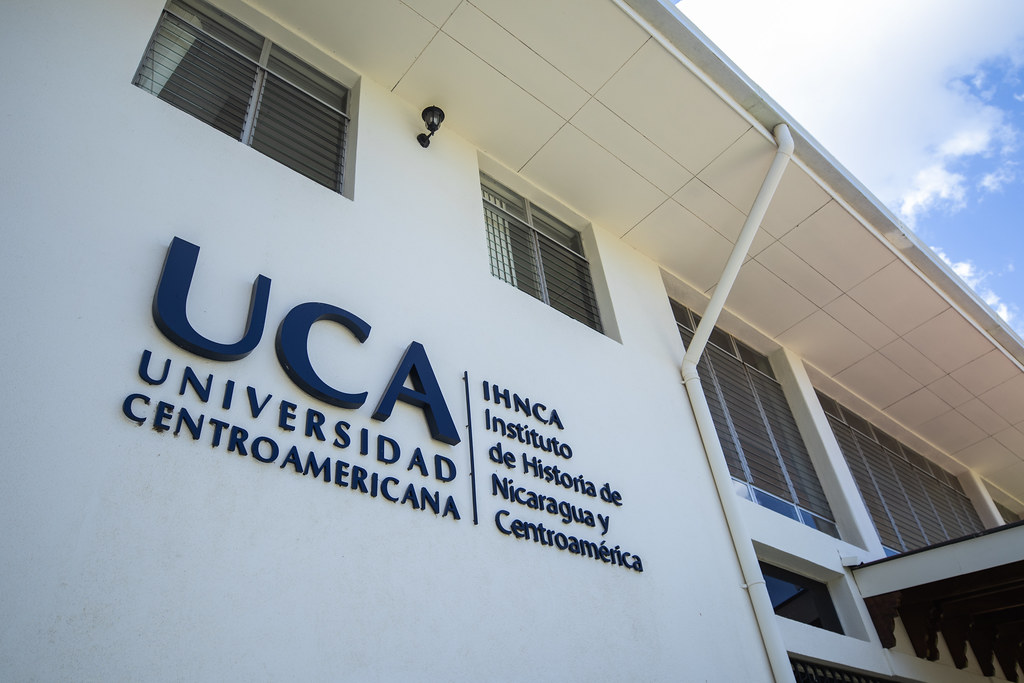
UCA was founded by the Jesuit Order in 1960. It became the first private university in Central America. It was built on a 10-block plot of land. It currently had several buildings where the academic areas, laboratories, printing presses, institutes, among others, functioned.
In an interview with journalist Jorge Ramos, the president of the Association of Jesuit Universities of Latin America, Luis Arriaga Valenzuela, said that in the bank accounts of the Central American University (UCA), frozen by the regime, there was about one million dollars “to pay the employees’ payroll”.
Jesuit priest Andreu Oliva, rector of UCA of El Salvador, said that the monetary value of UCA of Nicaragua is “incalculable, above all, for being an intangible value”. Oliva is referring to the 63 years of history in university education in Central America and the other assets of scientific and social value.
UCA had the Institute of History of Nicaragua and Central America (IHNCA), the Laboratory of Molecular Biology, the Language Center, the Law Office, the Interdisciplinary Institute of Natural Sciences (IICN), the Institute of Research and Development (Nitlapan), the Innovation Center (CI), the José Coronel Urtecho Library and the UCA Printing Press.
Farms, condominiums, hotels and conservation areas
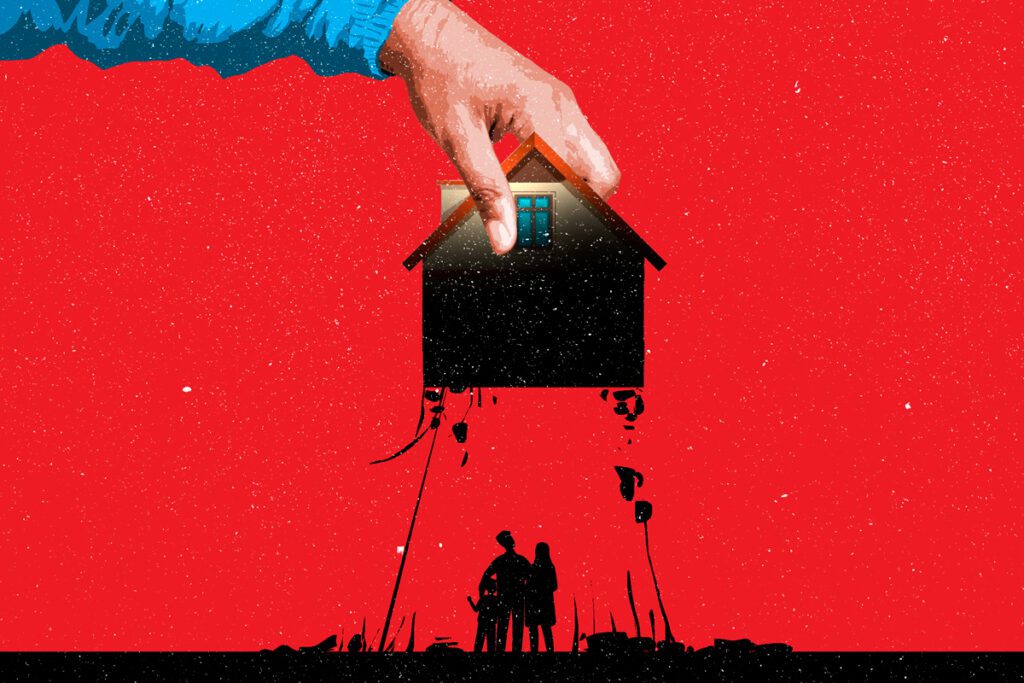
Amaru Ruiz, an environmental activist, is president of the Foundation for the Conservation and Development of Southeastern Nicaragua, known as Fundación del Río.
This organization is one of those that were stripped of their legal status, and therefore of all their assets. Ruiz claims that Fundación del Río was stripped of at least 22 properties, including two radios, a hotel and two conservation areas with an extension of 750 hectares.
Ruiz’s family, who was included in the list of 94 “stateless individuals”, also had at least three properties confiscated. The confiscation from Fundación del Río is estimated at more than $1.5 million.
Another confiscation that has touched non-political citizens is that of the Amazonia condominium. In this apartment complex lived the journalist Sofía Montenegro and the lawyer, Azahálea Solís, both included in the list of the 94 who were stripped of their nationality and assets.
However, not only they were confiscated, but all the owners of the 16 Amazonia apartments, including five Sandinista sympathizers and other owners who acquired the properties in the mid-2000s.
One of these people is Claudio Galeno de Magalhães Linhares, a retired Brazilian journalist who is Dilma Roussef’s ex-husband, the former president of Brazil. Galeno’s family is close to the Ortega-Murillo administration. Two of his daughters even work for government institutions.
The confiscation of the 16 apartments in Amazonia occurred on February 17 of this year. On that day, the Intendencia de la Propiedad delivered notices to the residents to review their cases for alleged “occupation of the homes”.
The authorities said that the sale and purchase documents held by the owners were annulled because they were “irregular” and, therefore, passed to their previous owner, the Ministry of Agricultural Development and Agrarian Reform (Midinra).
Confiscations of diplomatic offices
The regime has not even respected diplomatic headquarters: it confiscated the properties of the Embassy of Taiwan, with whom it cut off relations in December 2021, and the facilities where the Organization of American States (OAS) operated.
On December 10, 2021, the Ortega-Murillo regime severed 20 years of diplomatic relations with Taiwan in order to reestablish them with the People’s Republic of China. On December 26, Taiwan’s intentions to donate the diplomatic headquarters building to the Catholic Church’s Archdiocese of Managua became known.
However, that same day a press release from the Attorney General’s Office stated that the recognition of the State of “one” China, “implies the immediate registration of all real estate, furniture, equipment, in favor of the recognized state, the People’s Republic of China, with absolute and unrestricted property and dominion”.
Taiwan rejected this and called it “an illegal occupation of its property and its illegal transfer.” The small Asian country said it made a “symbolic sale” to the Catholic Church which they signed on December 22 with local lawyers, which the Nicaraguan government did not recognize.
Meanwhile, the building where the OAS was located, in Managua, was occupied by police officers on April 24, 2022. The Attorney General’s Office ordered the immediate eviction of its property.
The international organization approved a resolution rejecting this measure. Secretary General, Luis Almagro, said that a situation like this had never happened before during other dictatorships. In fact, it would also be the first time that the regime seizes a diplomatic headquarters, which creates a bad precedent in a region where other regimes view the Inter-American organization with bad eyes.
The new Piñata
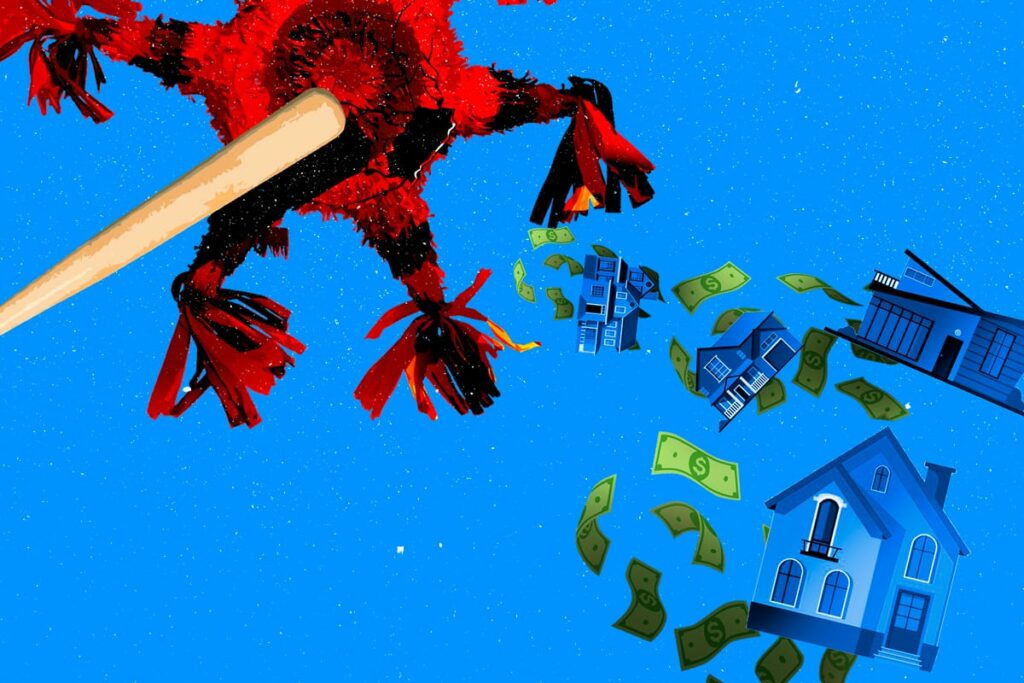
This wave of confiscations is reminiscent of the one carried out by the first Sandinista government in the 1980s, known as “La Piñata”, when party leaders expropriated homes and properties.
Daniel Ortega himself confiscated Jaime Morales Carazo’s house where he lives. Morales Carazo, at the time, was a Somocista, who would later become Ortega’s vice president when he returned to power in 2007.
The first “Piñata”, as was to be expected, caused serious judicial problems that resulted in a debt of more than 2.2 billion dollars, which Nicaraguans continue to pay through taxes.
The payment of the “Piñata” has been through Indemnity Payment Bonds (BPI), which were incorporated to the General Budget of the Republic since 1998 to finance the indemnifications of those affected by the first “Piñata” of the Sandinista Front.
Economist Enrique Sáenz, who was also included in the list of 94 denationalized and confiscated persons, considers that the confiscations show that at the head of the regime there is “a mafia-like and irrational gang”.
Saenz said that “Nicaraguans continue to pay for the abuses of the 1980s, and now they are imposing a new burden on the future”.
For Felix Maradiaga, a commitment must be made that when democracy is reestablished in Nicaragua, “everything stolen must be returned to its owners”. Maradiaga considers that it should not be the taxpayers who should pay for the stolen goods, but “all those who benefited from what belonged to others”.

